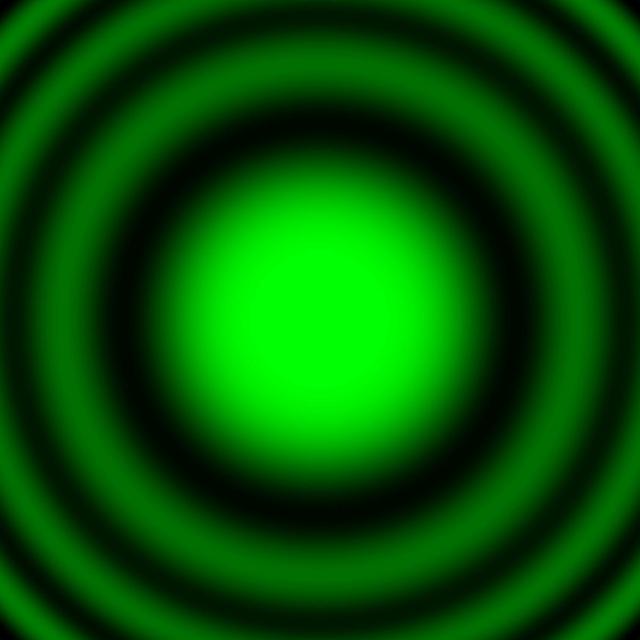MOOC List is learner-supported. When you buy through links on our site, we may earn an affiliate commission.

MOOC List is learner-supported. When you buy through links on our site, we may earn an affiliate commission.
The first order optical system design covered in the previous course is useful for the initial design of an optical imaging system but does not predict the energy and resolution of the system. This course discusses the propagation of intensity for Gaussian beams and incoherent sources. It also introduces the mathematical background required to design an optical system with the required field of view and resolution. You will also learn how to analyze these characteristics of your optical system using an industry-standard design tool, OpticStudio by Zemax.
Course 2 of 3 in the Optical Engineering Specialization.
Syllabus
WEEK 1
Geometrical Optics for Gaussian Beams
First order optical system design using rays is useful for the initial design of an optical imaging system, but does not predict the energy and resolution of the system. This module introduces Gaussian beams, a specific example of how the shape of the light evolves in an imaging system.
WEEK 2
Maxwell's Equations
This module provides the background for the full electro-magnetic field description of optical systems, including a description of plane and spherical waves and a formal treatment of reflection and refraction from this perspective. We start out with a quick review of the mathematical background for this description. This will be fairly short, but you may want to spend some more time reviewing these concepts on your own if you have not seen them for a while.
WEEK 3
Impulse Responses and Transfer Functions
This module provides an introduction to the basics of Fourier Optics, which are used to determine the resolution of an imaging system. We will discuss a few Fourier Transforms that show up in standard optical systems in the first subsection and use these to determine the system resolution, and then discuss the differences between coherent and incoherent systems and impulse responses and transfer functions in the second subsection. We will wrap up with a discussion of these concepts using OpticStudio.
WEEK 4
Finite Aperture Optics
This module takes the concepts of pupils and resolution that we have discussed in the previous modules and works through how to apply them to our first-order optical design systems. We start with a description of how to find the system pupils and windows, then move on to a discussion of how that affects the imaging properties of this system, and finally return to the Lagrange invariant and its utility in optical system design.
WEEK 5
Radiometry
One of the main questions you ask when designing an optical system is "How much light can I get through the system?" In this last section of new content for this course, we move from talking about resolution to talking about the amount of light we expect at each point in the optical system, a field of study called radiometry.
MOOC List is learner-supported. When you buy through links on our site, we may earn an affiliate commission.
MOOC List is learner-supported. When you buy through links on our site, we may earn an affiliate commission.
